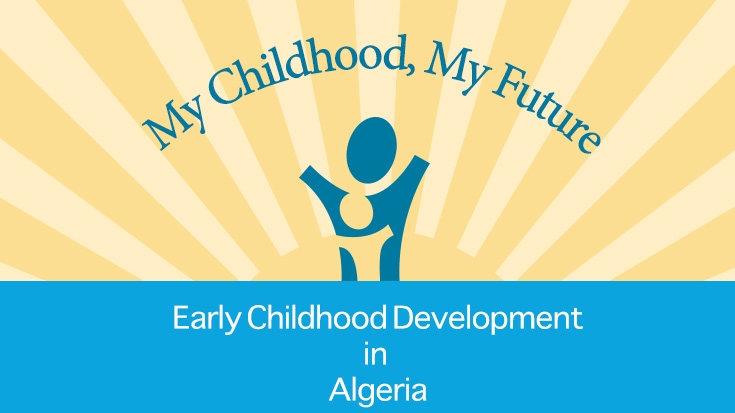The status of Early Childhood Development (ECD) in Algeria
- Algeria has prenatal care coverage slightly below the regional average (79%), but delivery care coverage is higher than the regional average (94%).
- Algeria has good immunization rates, with 93% of children receiving a number of important immunization by the age of 1.
- Neonatal and infant mortality rates are slightly higher than regional averages.
- Algeria has high rates of stunting in children (19%) and being underweight (11%).
- Children in Algeria are more likely to have poor ECD indicators based on just a few family background characteristics.
Source: Authors’ calculations based on Algeria PAPFAM 2002
Children in Algeria have unequal opportunities for healthy development, based on factors beyond their control.
There are substantial differences in the opportunities children have in terms of healthy development and accumulating human capital. Early childhood is when cycles of poverty and inequality begin and are transmitted across generations. Children tend to be consistently advantaged or disadvantaged across a variety of different dimensions of ECD, and can have very different life chances based on just a few family background characteristics. If we observe a child who lives in a rural area, in the poorest 20% of households, with uneducated parents (a “least advantaged” child), and compare that child to one who has parents with higher education, is from the richest 20% of households, and lives in an urban area (a “most advantaged” child), we find that they have different chances of healthy ECD. Figure 2 presents the chances (predicted chance) of different ECD indicators (based on regressions) for these “least advantaged” and “most advantaged” individuals.
On every indicator, the least advantaged child faces poorer prospects for early development. While a least advantaged child has a 52% chance of receiving prenatal care, a most advantaged child has a 99% chance—a 47 percentage point gap in prenatal care. In terms of having a skilled delivery attendant present at their birth, the most advantaged child has a 100% chance of having a skilled delivery attendant compared to a 77% chance for the least advantaged child.
Children face different prospects for surviving the first month and year of life based on their profile. While a most advantaged child has a 1.5% chance of dying in the first month or year, a least advantaged child has a 2.5% chance of dying in the first month and a 4.1% chance of dying in the first year. A most advantaged child has a 96% chance of being fully immunized, compared to an 85% chance for a least advantaged child.
In terms of height and weight, a least advantaged child has a 29% chance of being stunted while a most advantaged child has a 16% chance. While a least advantaged child has a 16% chance of being underweight, a most advantaged child is half as likely to be underweight (8%). There is a smaller gap in wasting, with a 10% chance for the least advantaged child compared to a 7% chance for the most advantaged child.
Figure 2. Inequality in the chances for healthy early childhood development (%)
Source: Authors’ simulations of chances for a “most advantaged” and a “least advantaged” child based on calculations using Algeria PAPFAM 2002


